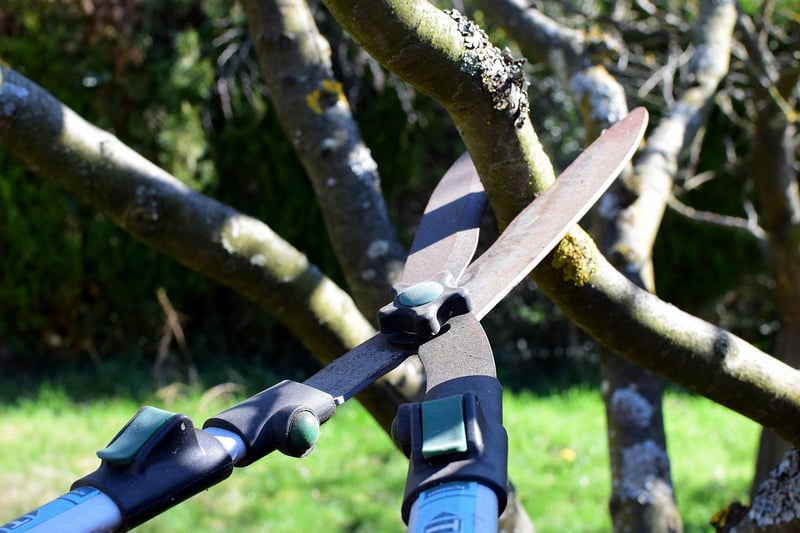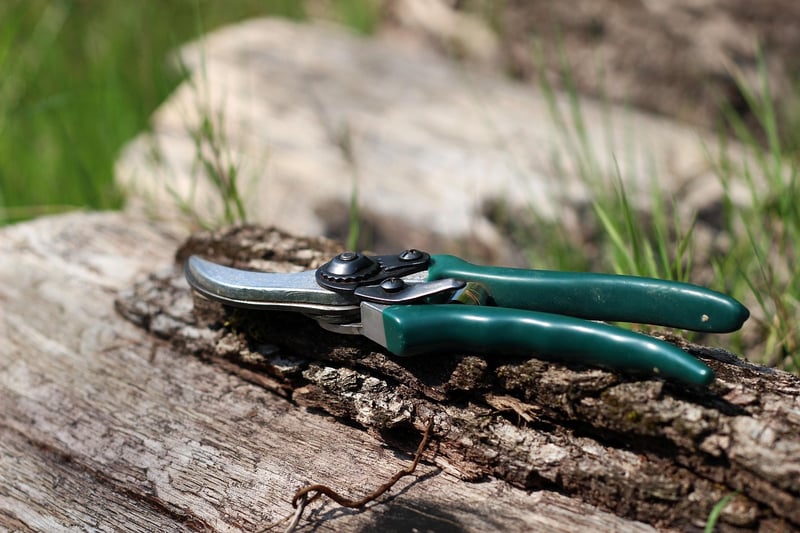Pruning Techniques
Keeping Your Garden Healthy: Essential Pruning Techniques
Welcome to our guide on how to keep your garden healthy through proper pruning techniques. Pruning is a crucial aspect of garden maintenance that promotes plant health, controls growth, and enhances the overall appearance of your outdoor space. By mastering the art of pruning, you can ensure your plants thrive and flourish. Let's explore some essential pruning techniques to help you achieve a vibrant and well-maintained garden.
1. Why Pruning is Important
Pruning plays a vital role in the health and growth of your plants. It helps remove dead or diseased branches, improves air circulation, stimulates new growth, and shapes the plant for better aesthetics. Proper pruning also encourages fruit production in fruit-bearing plants and maintains the overall health of your garden.
2. Essential Pruning Tools
Before you start pruning, it's essential to have the right tools. Some common pruning tools include hand pruners, loppers, pruning saws, and hedge shears. Make sure your tools are sharp and clean to make precise cuts and prevent damage to the plants.
3. Techniques for Pruning
There are different pruning techniques based on the type of plant and the desired outcome. Some common pruning methods include:
- Thinning: Removing select branches to improve air circulation and reduce density.
- Heading: Cutting back the tips of branches to control growth and promote branching.
- Deadheading: Removing dead flowers to encourage new blooms and prolong flowering.
- Renewal: Cutting back old branches to stimulate new growth and rejuvenate the plant.
4. When to Prune
The timing of pruning depends on the type of plant. In general, it's best to prune flowering shrubs right after they bloom, while winter is an ideal time to prune deciduous trees. Avoid pruning during extreme weather conditions or when the plant is under stress.
5. Pruning Tips
Here are some additional tips to keep in mind while pruning:
- Always use sharp and clean tools to make precise cuts.
- Prune at a 45-degree angle to promote healing and prevent water accumulation.
- Remove dead or diseased branches first to prevent the spread of diseases.
- Step back regularly to assess the plant's overall shape and symmetry.
By following these essential pruning techniques and tips, you can maintain a healthy and vibrant garden throughout the year. Remember, pruning is both a science and an art, so take your time to understand your plants' needs and prune accordingly. Happy gardening!

Image Source: Pixabay
